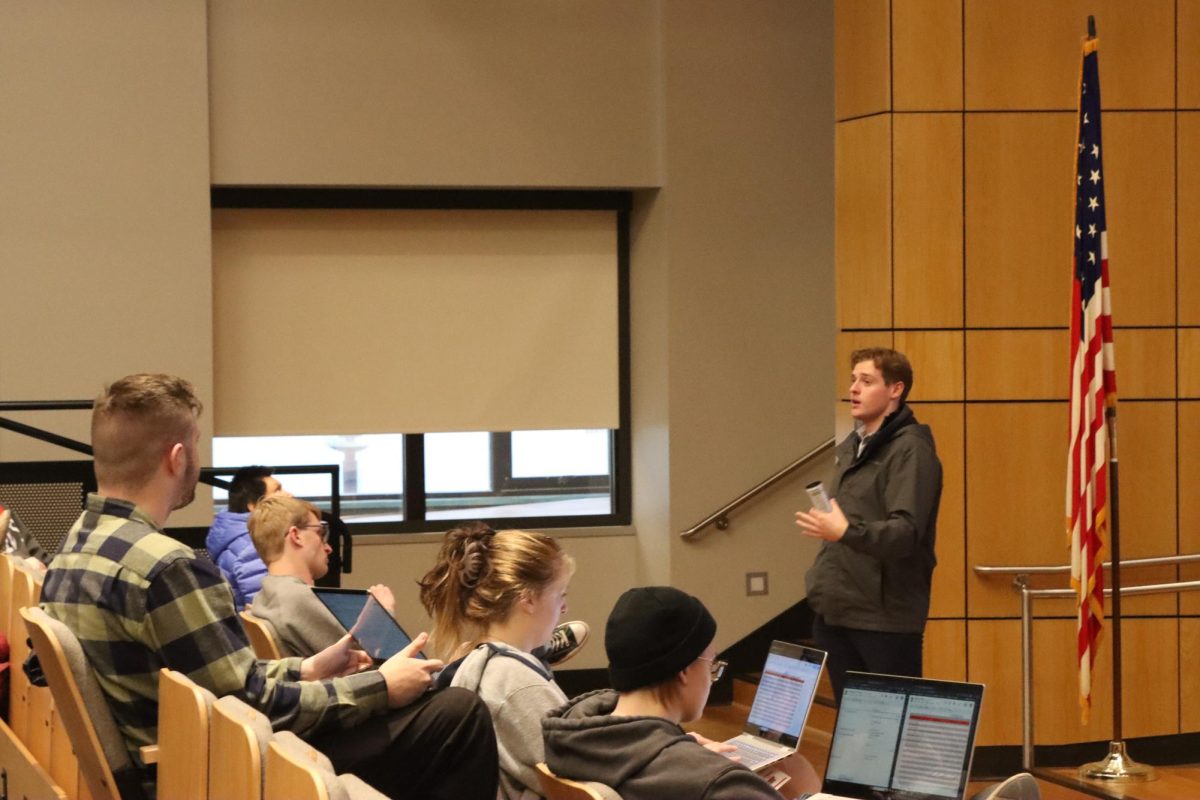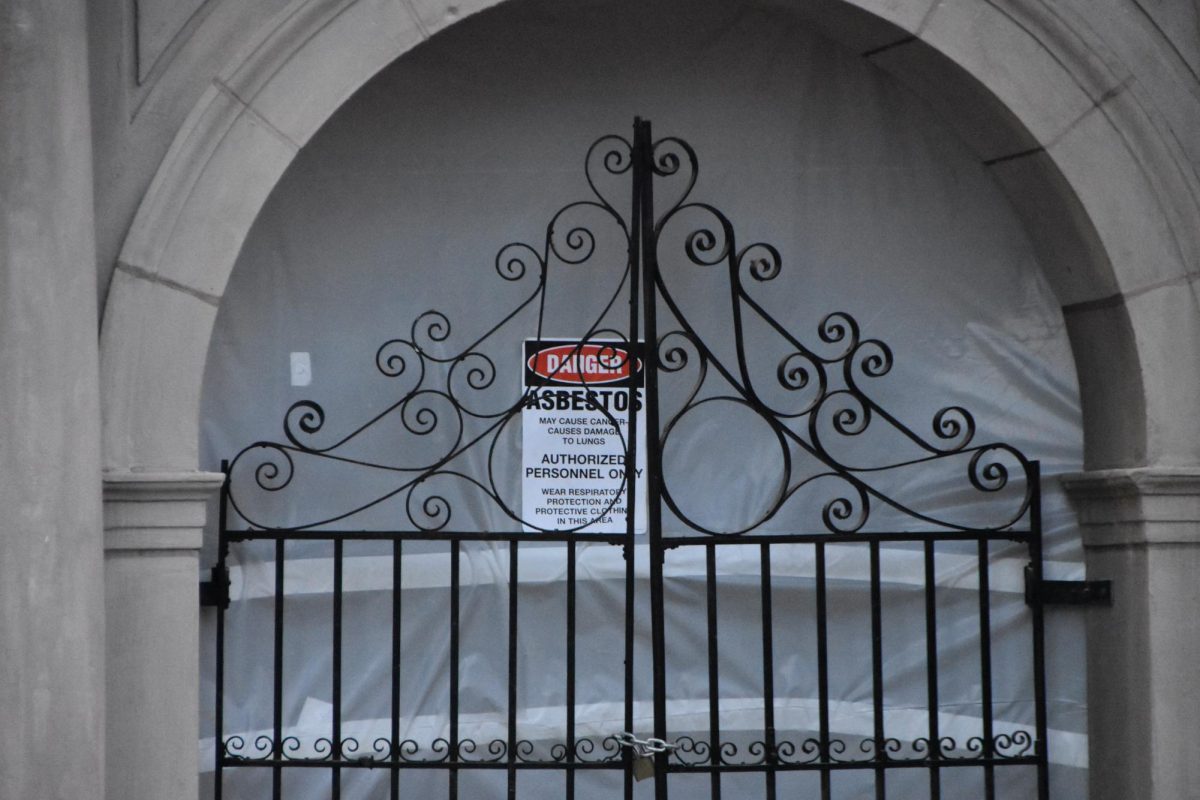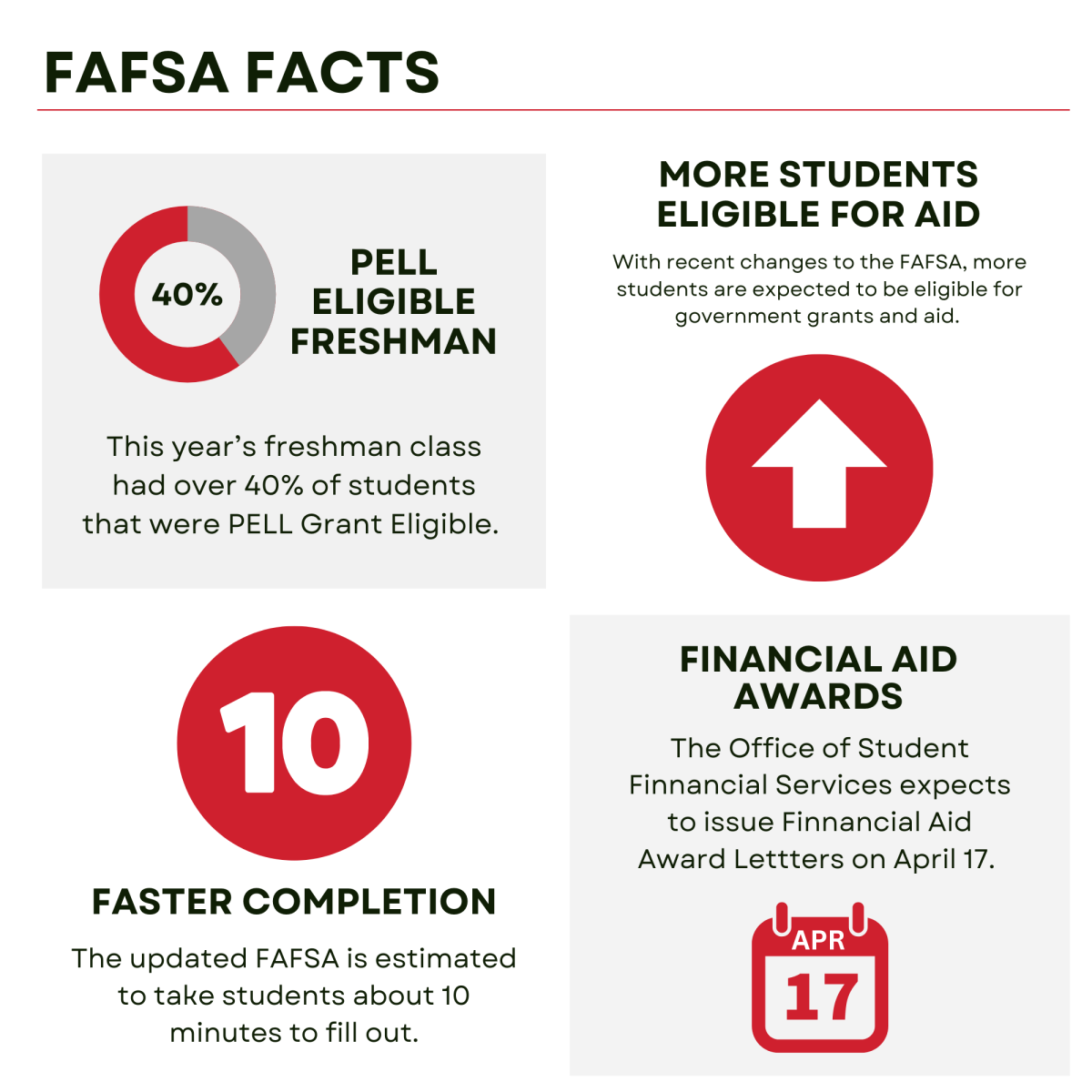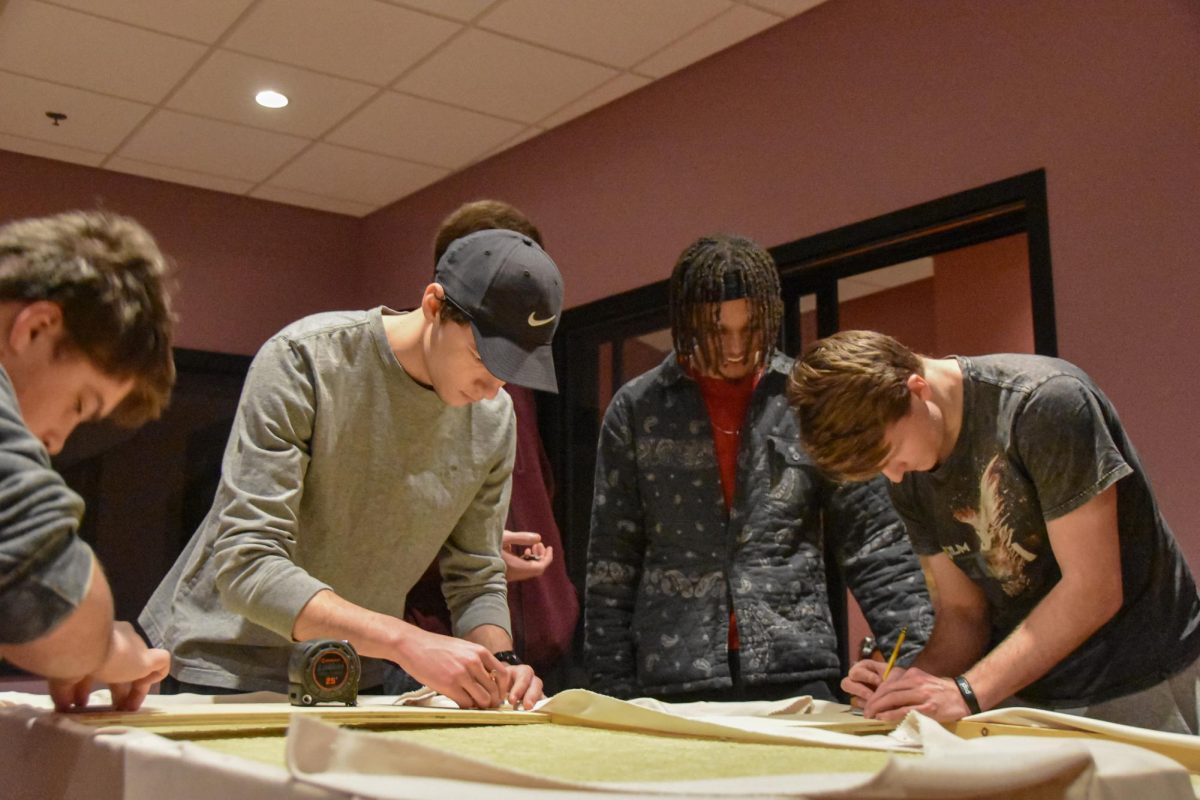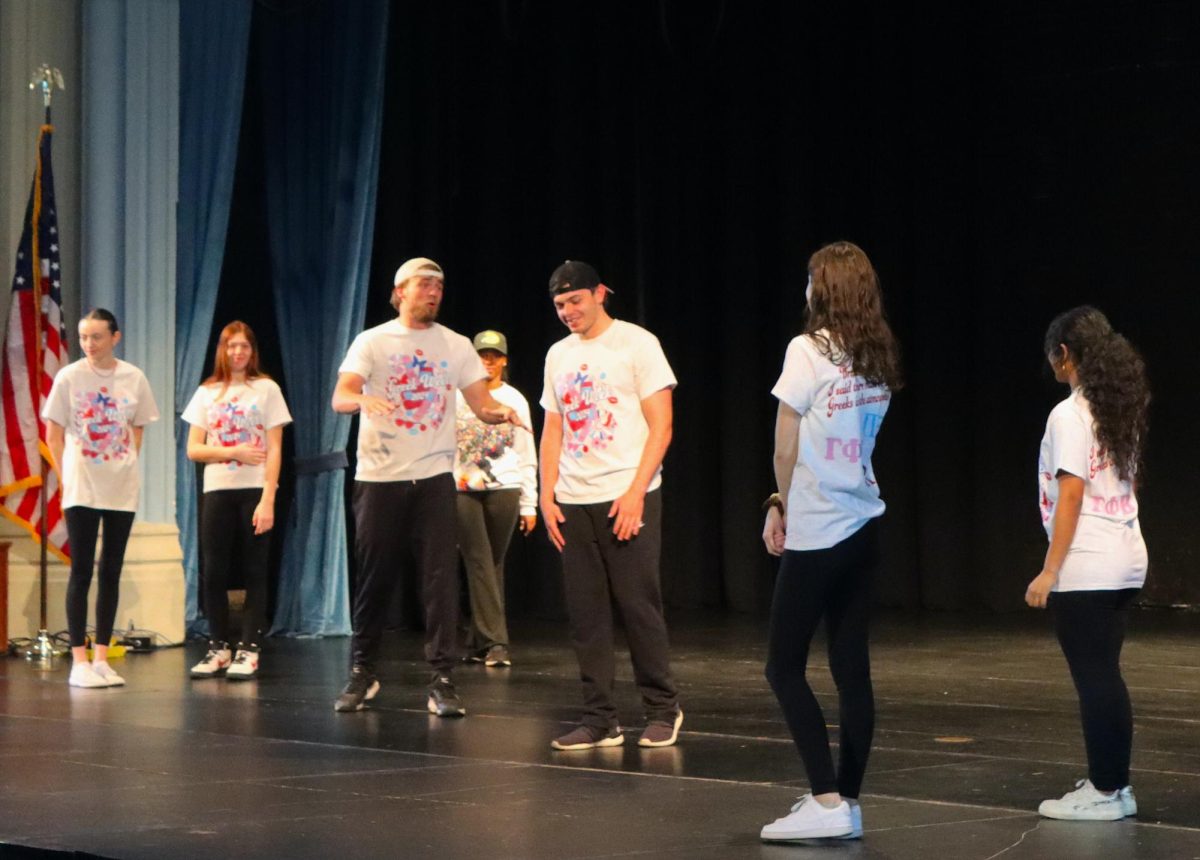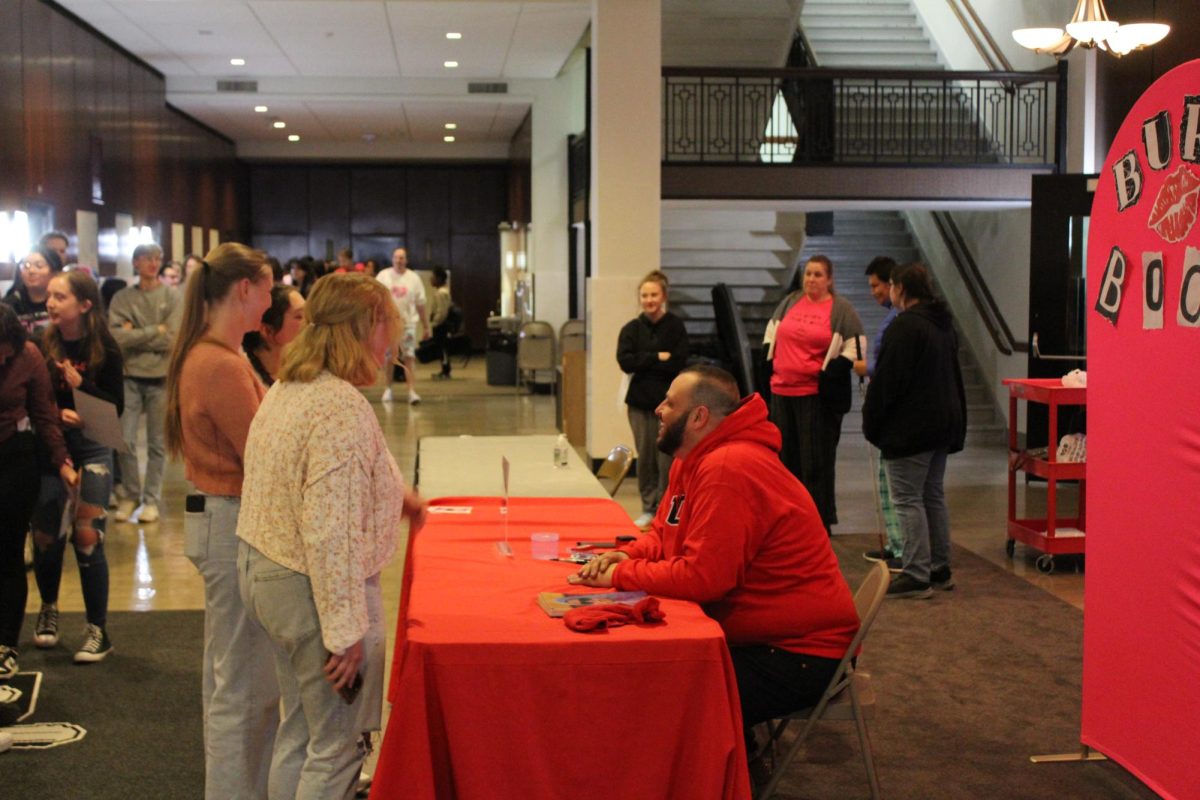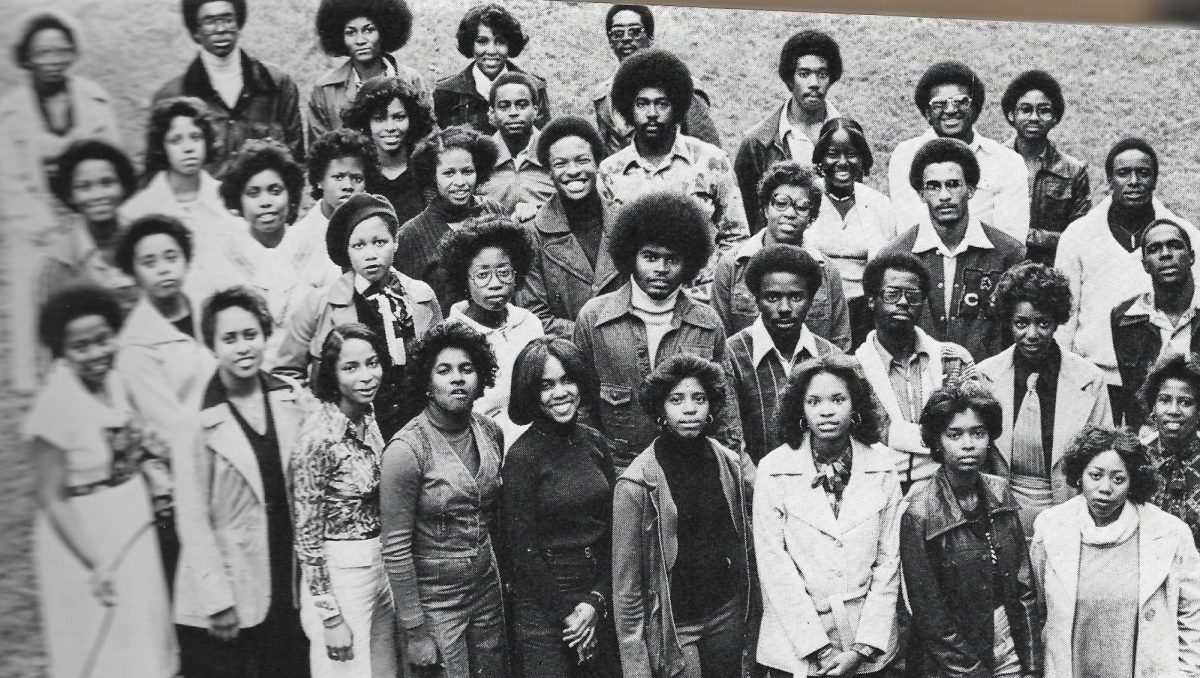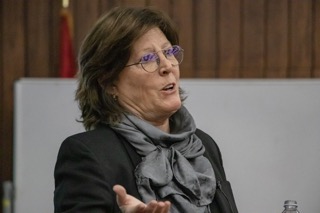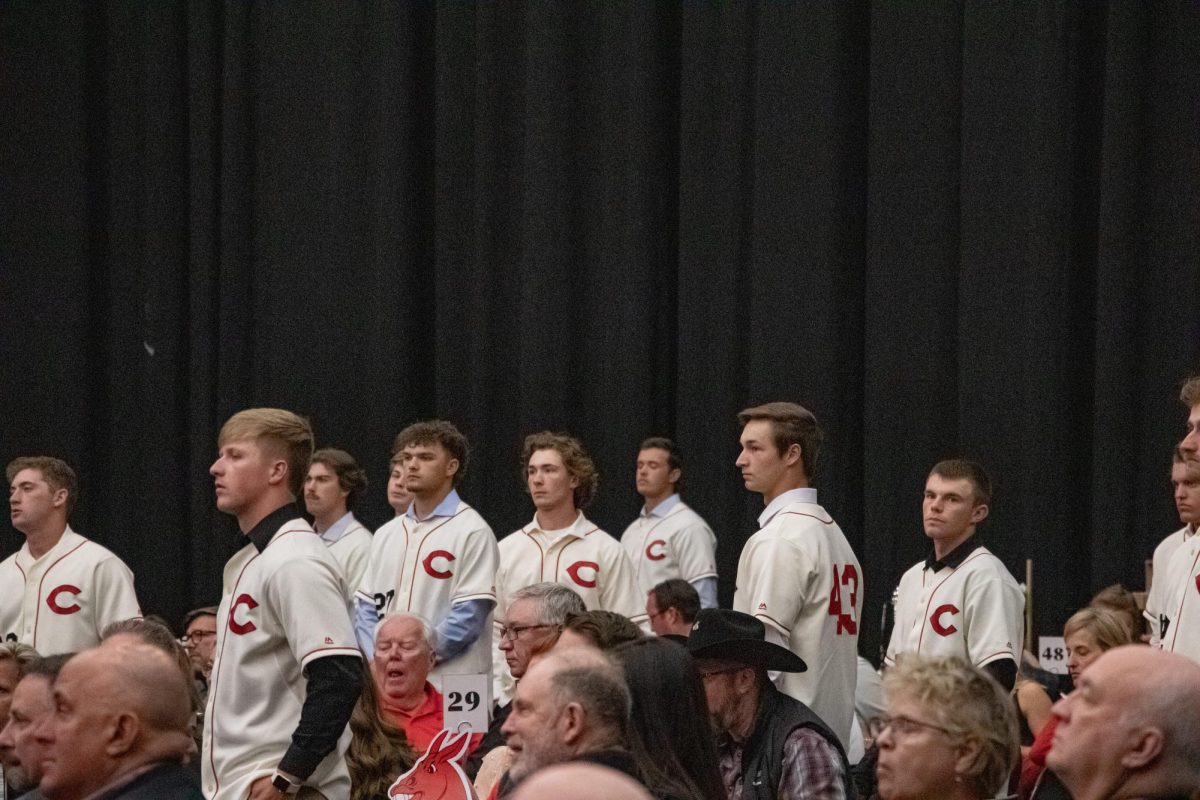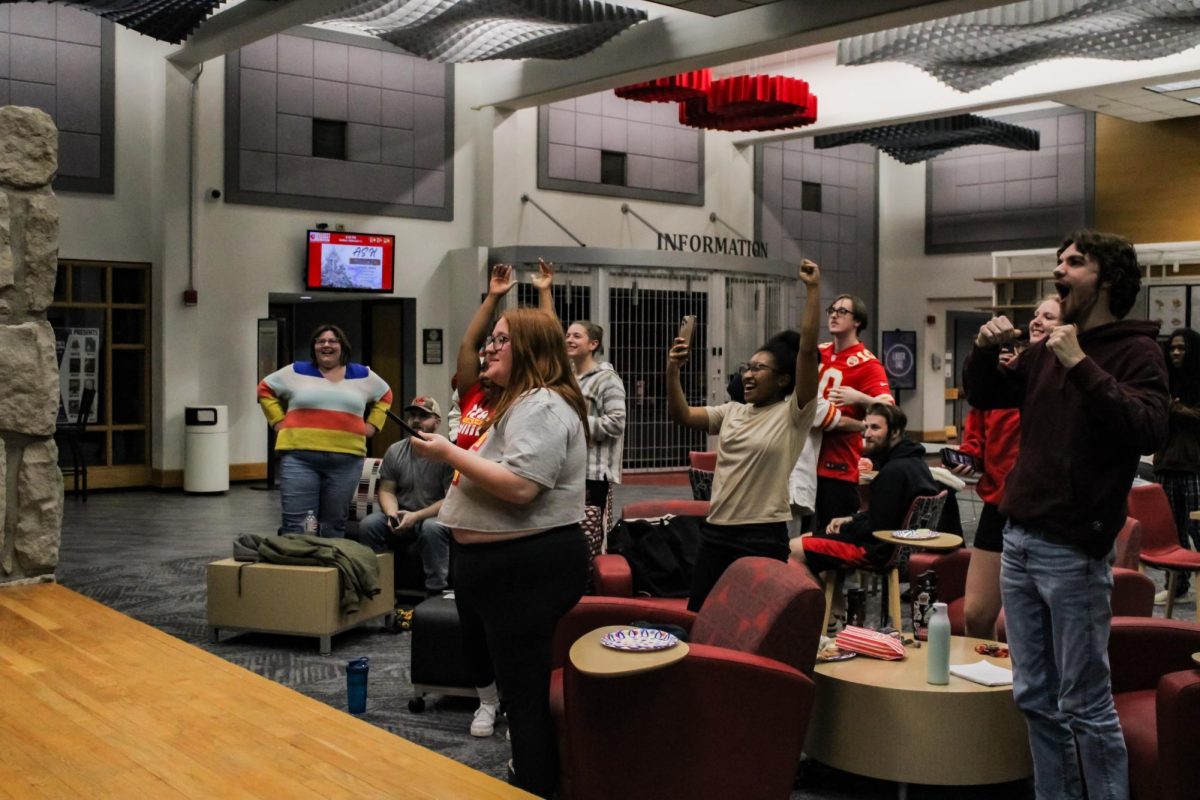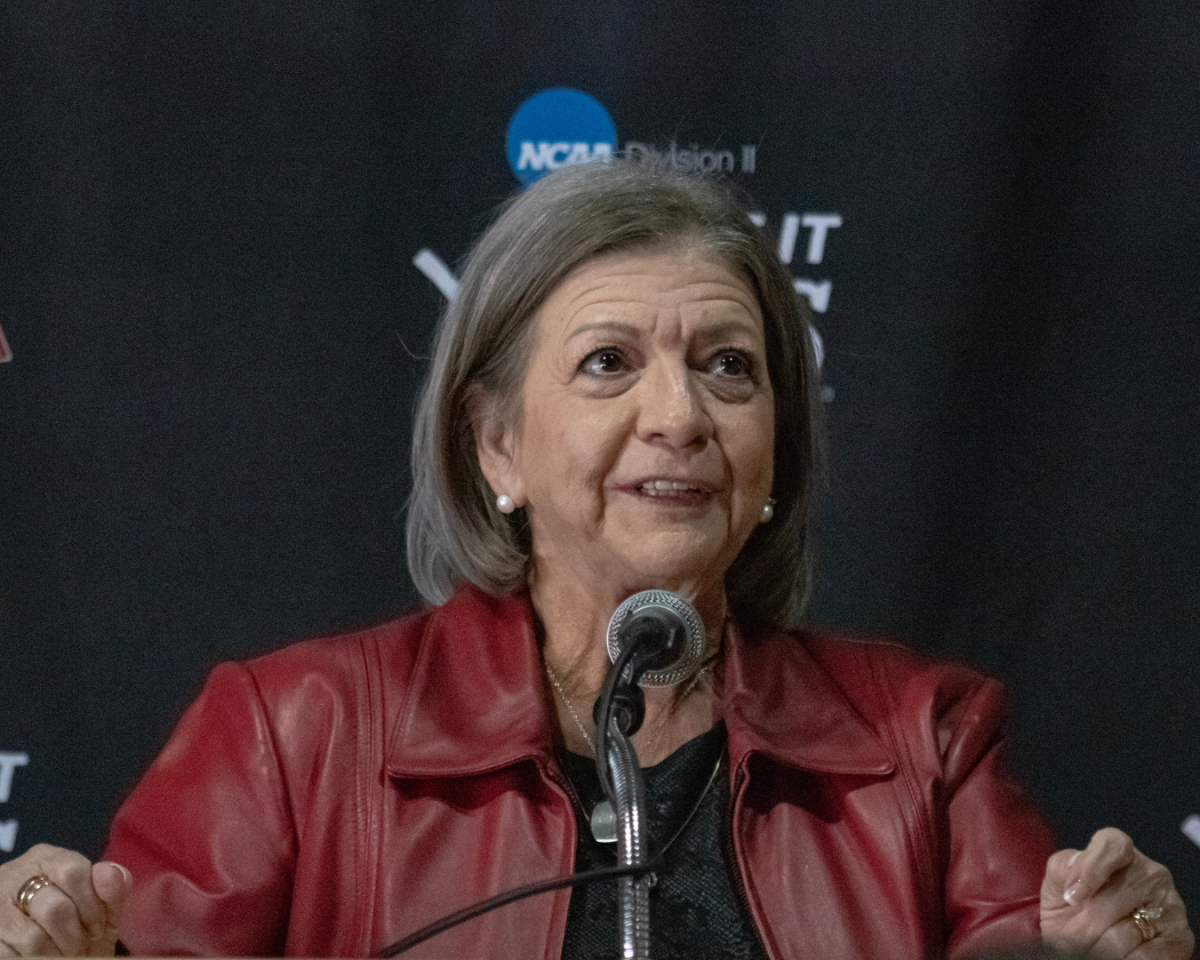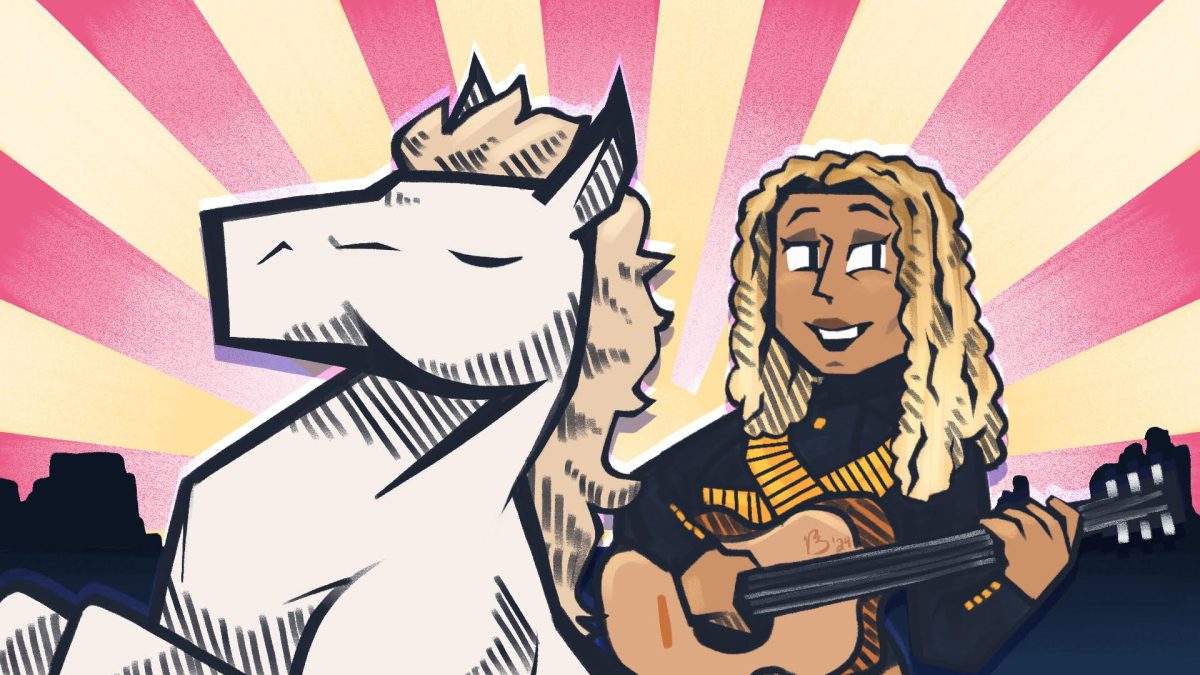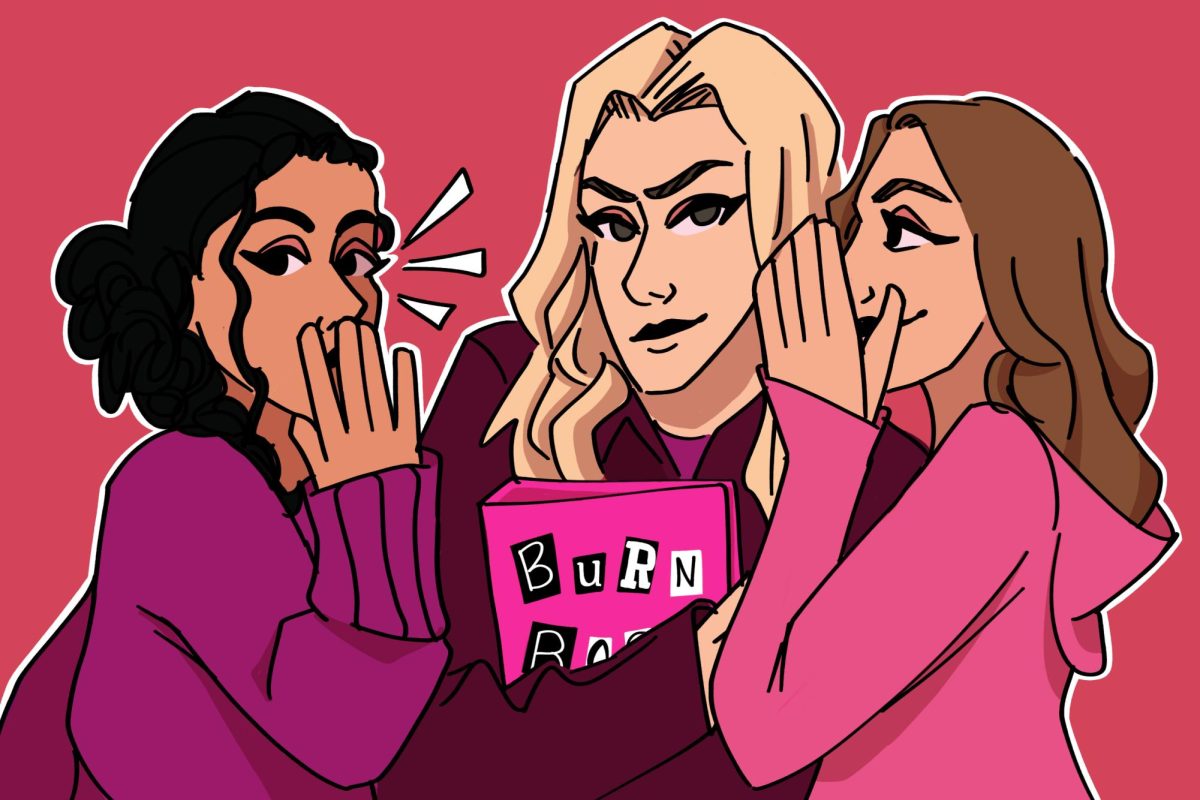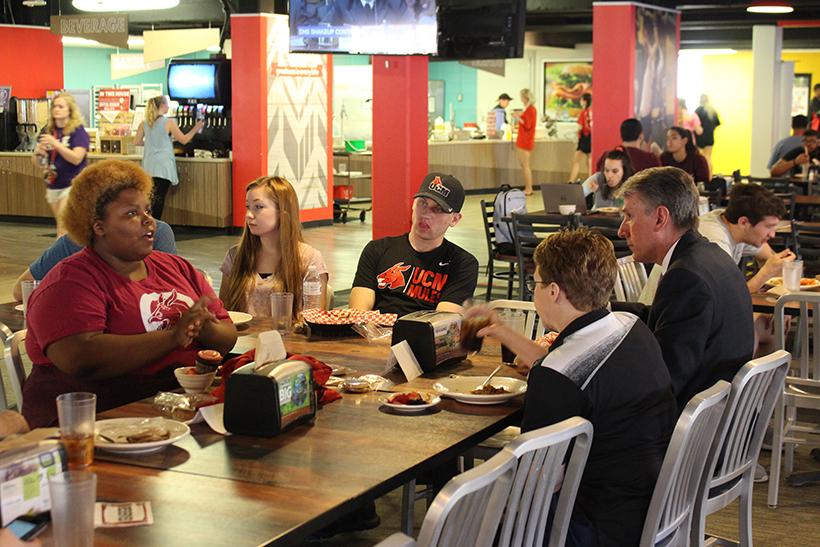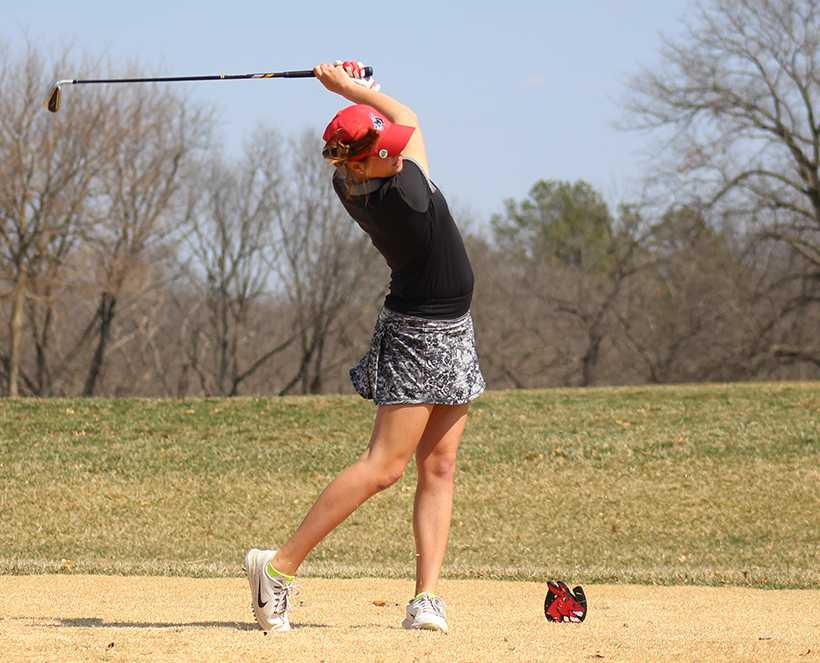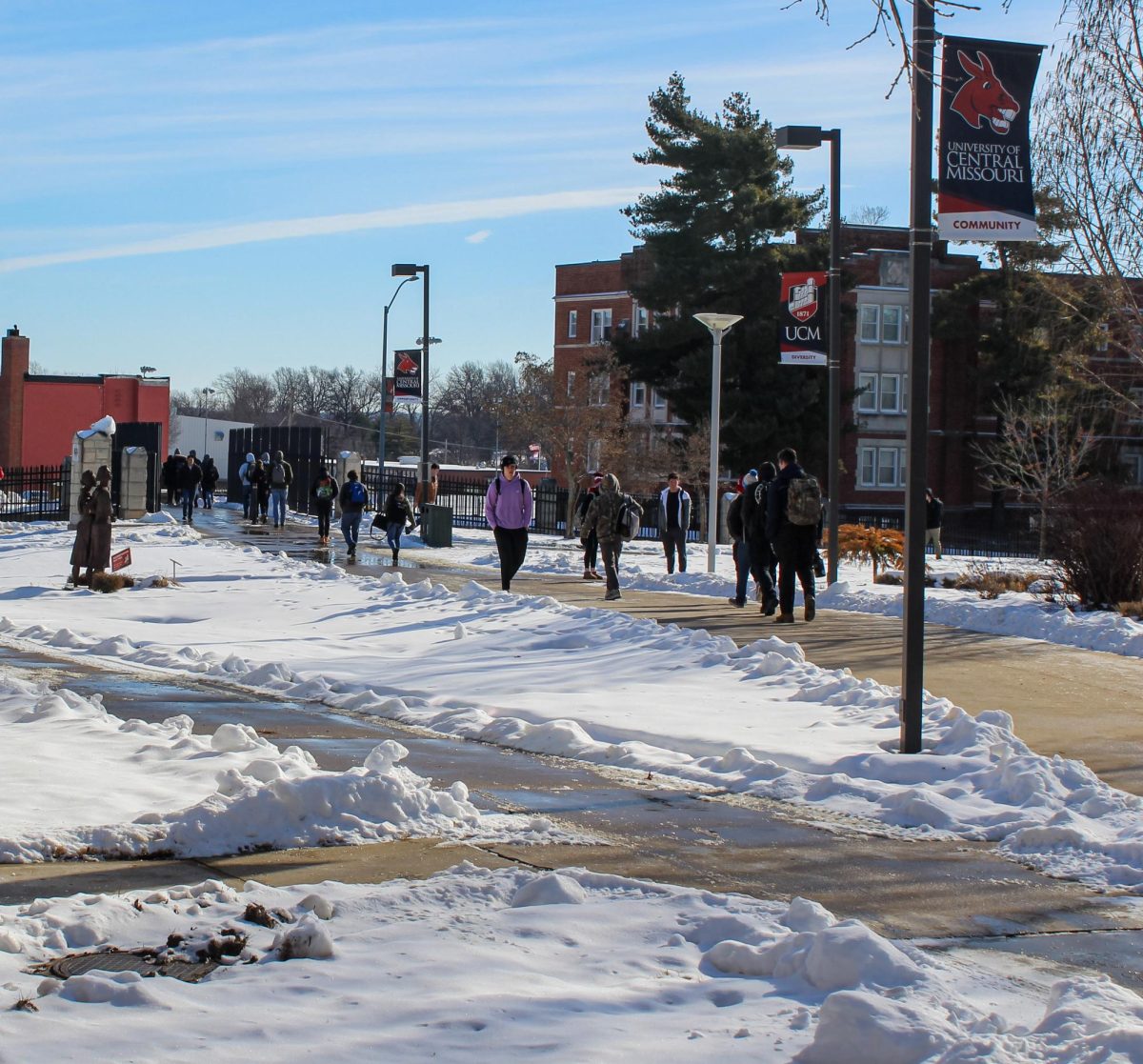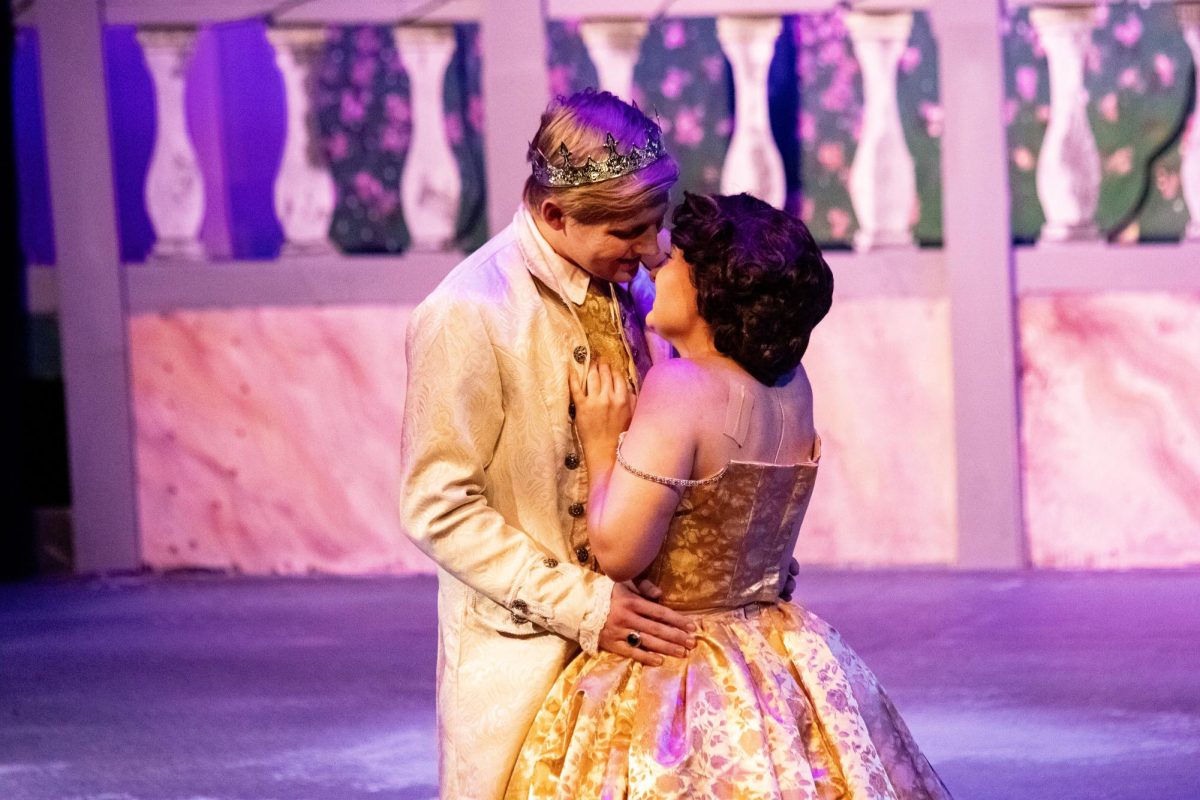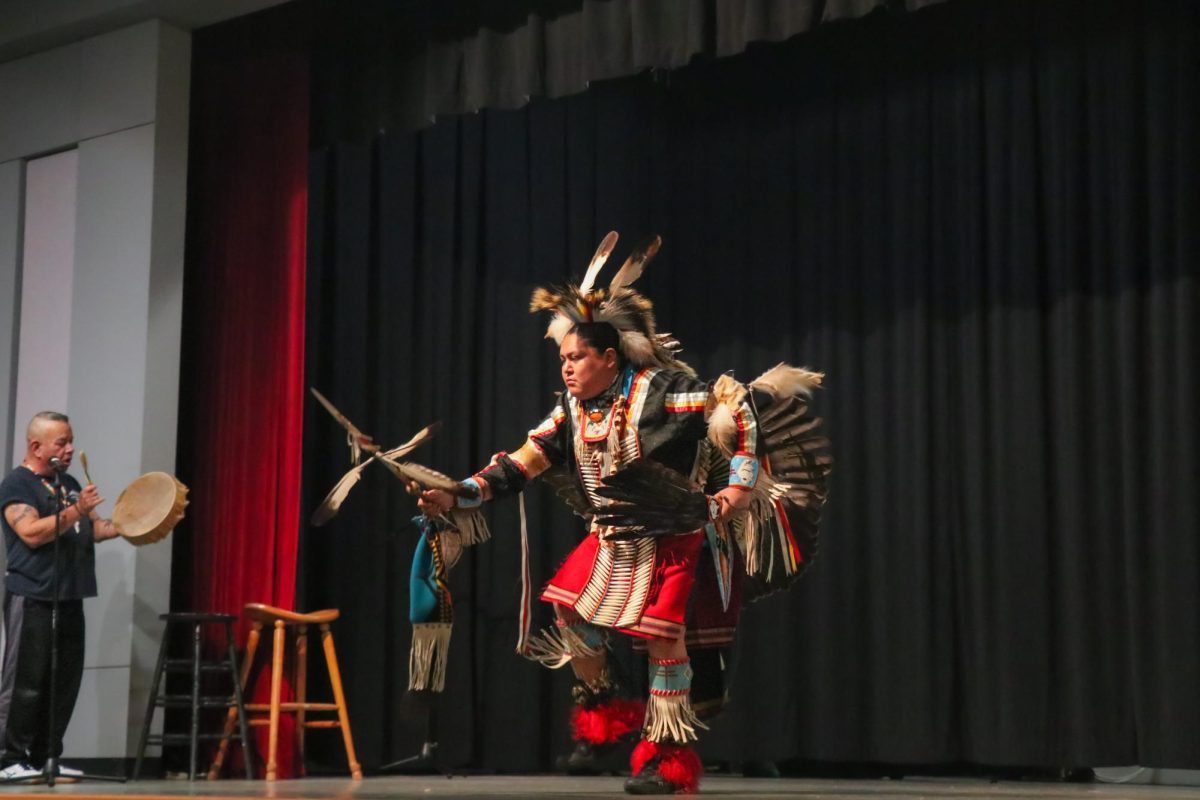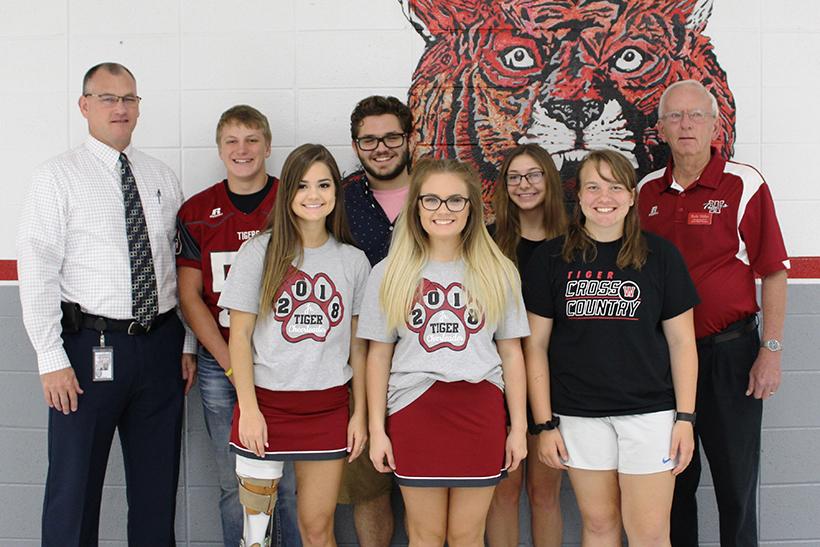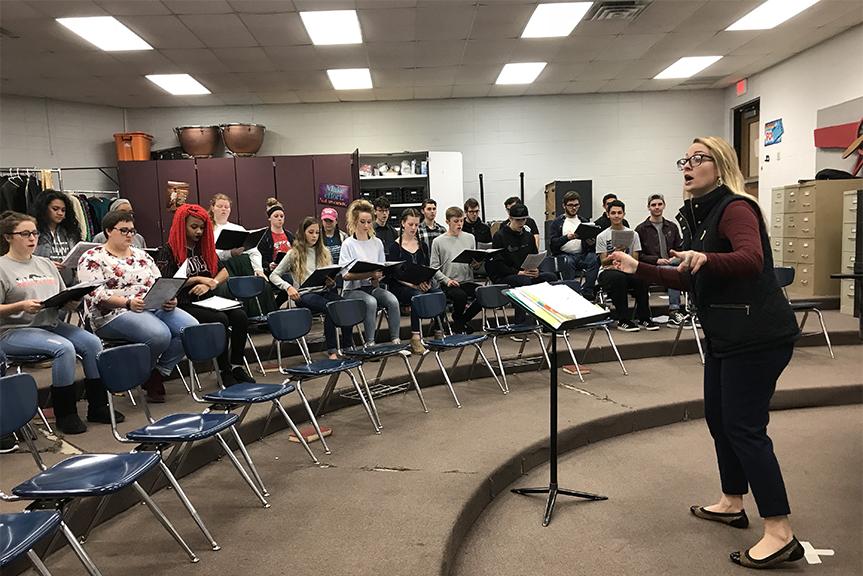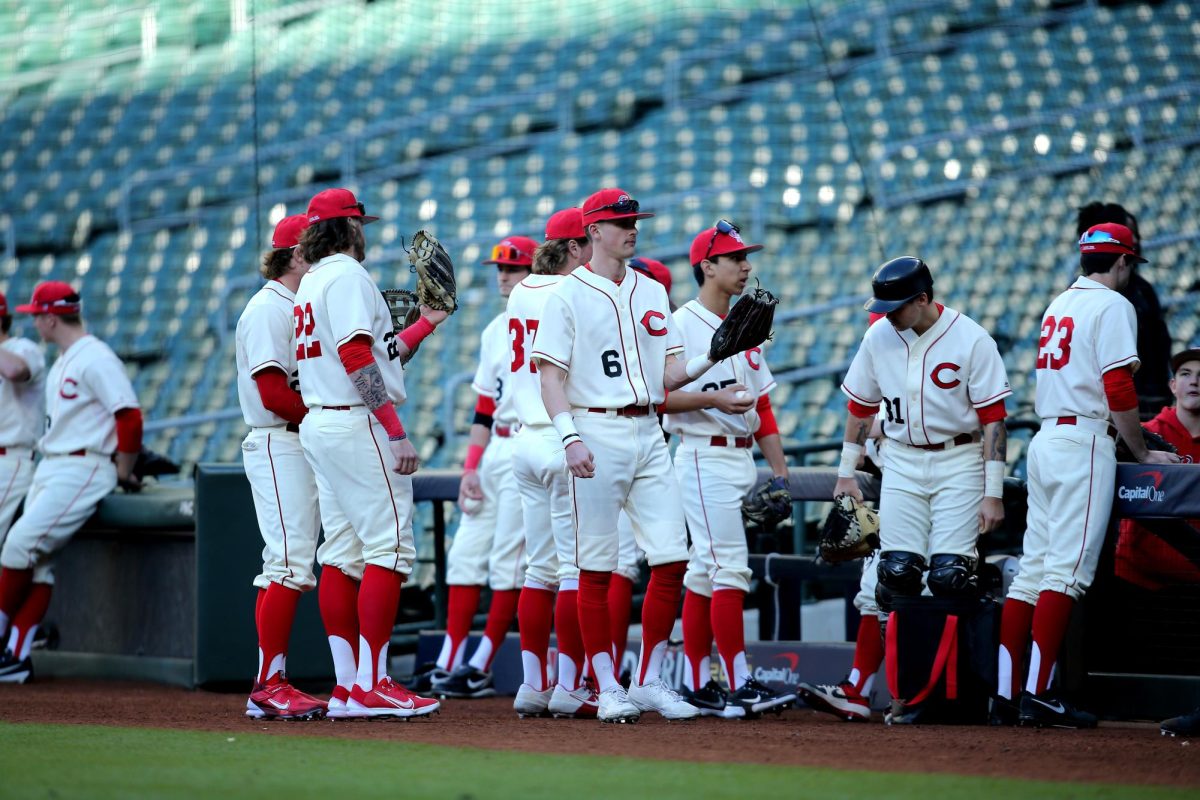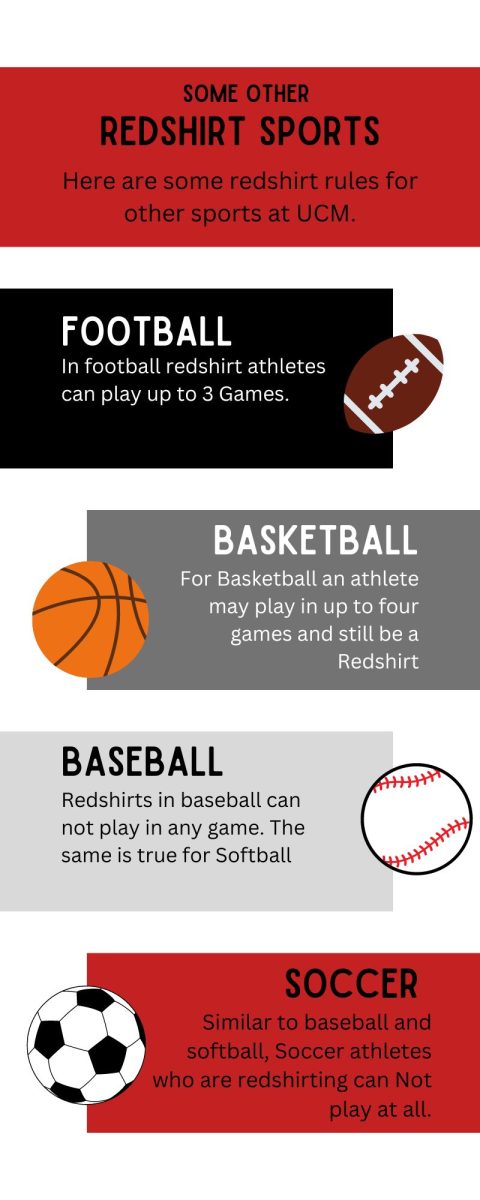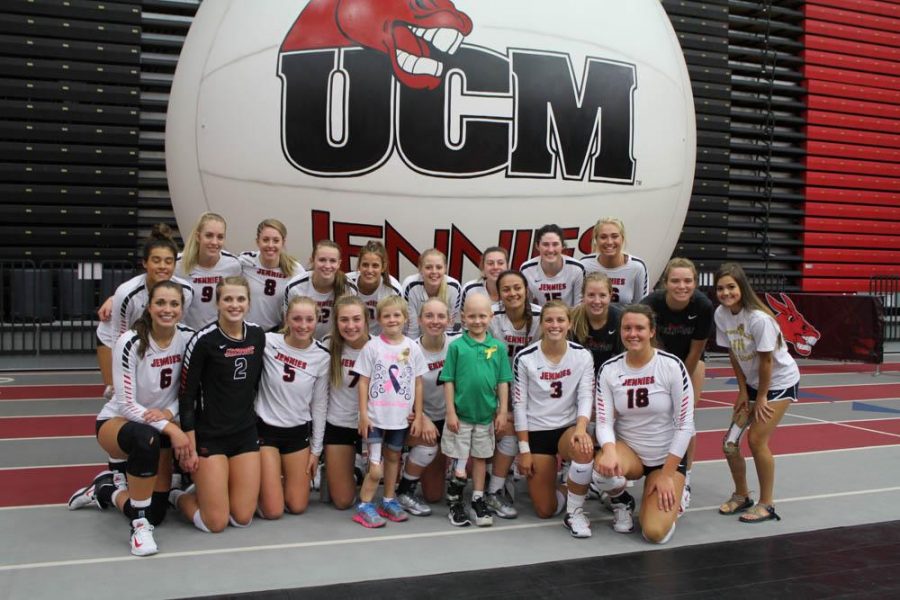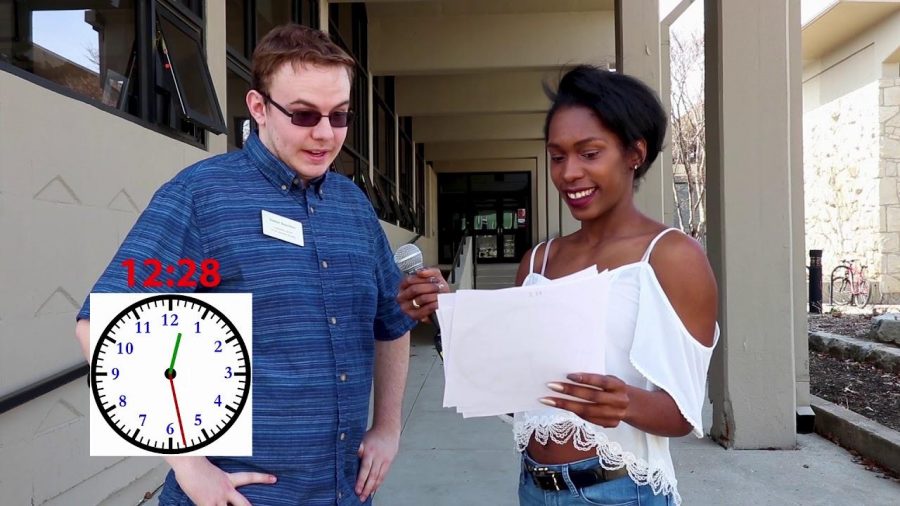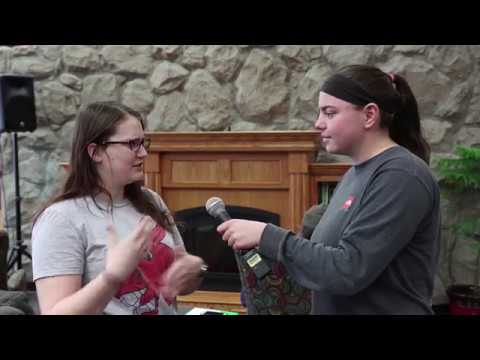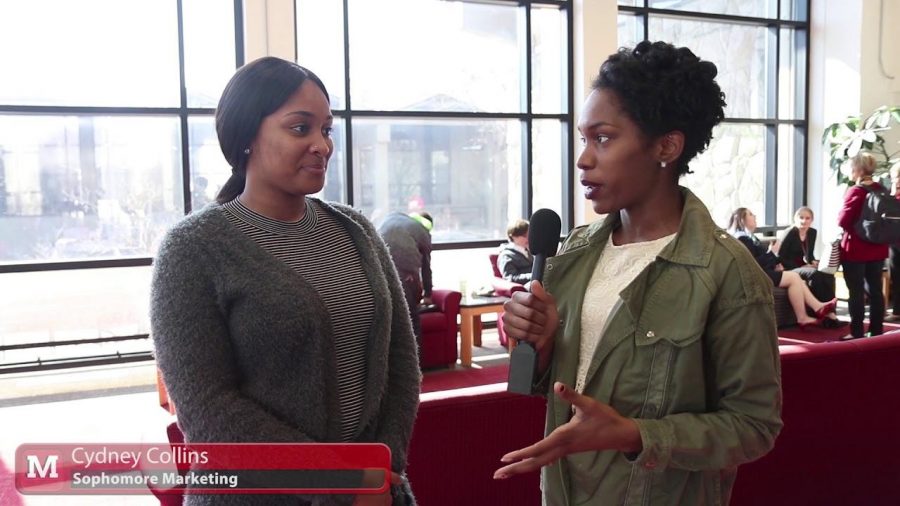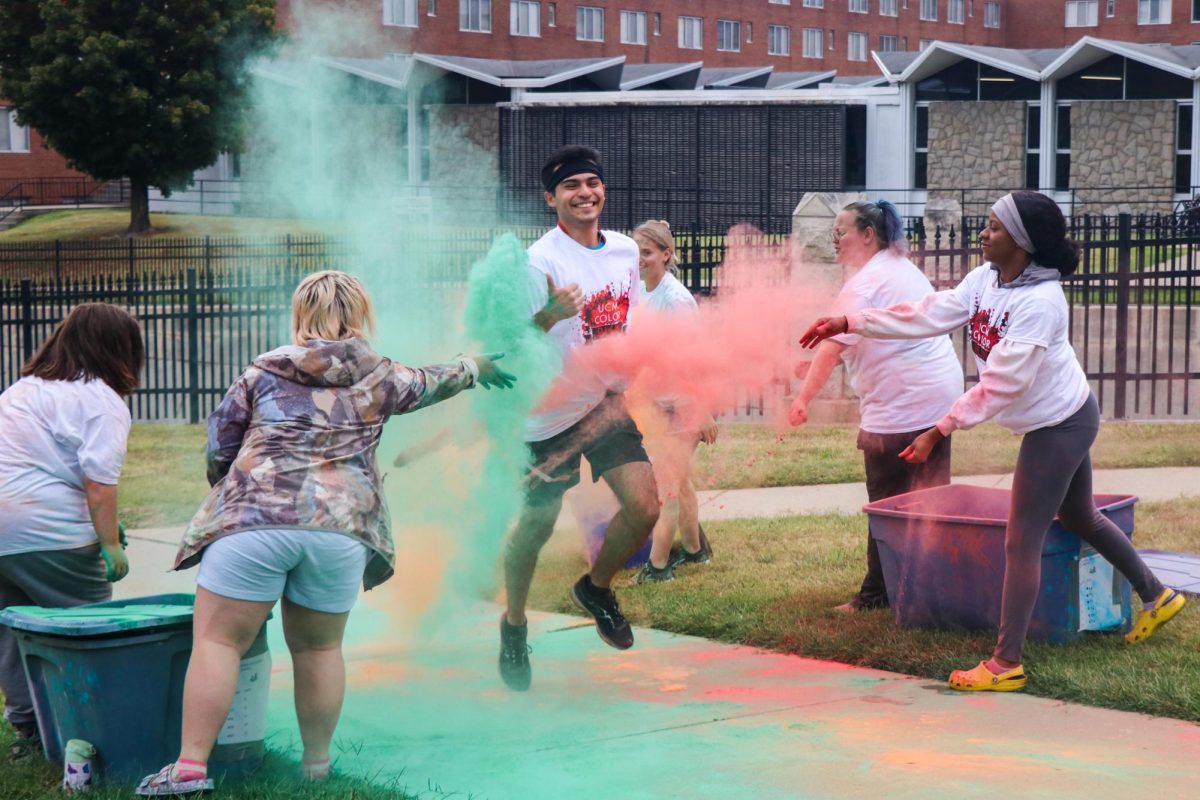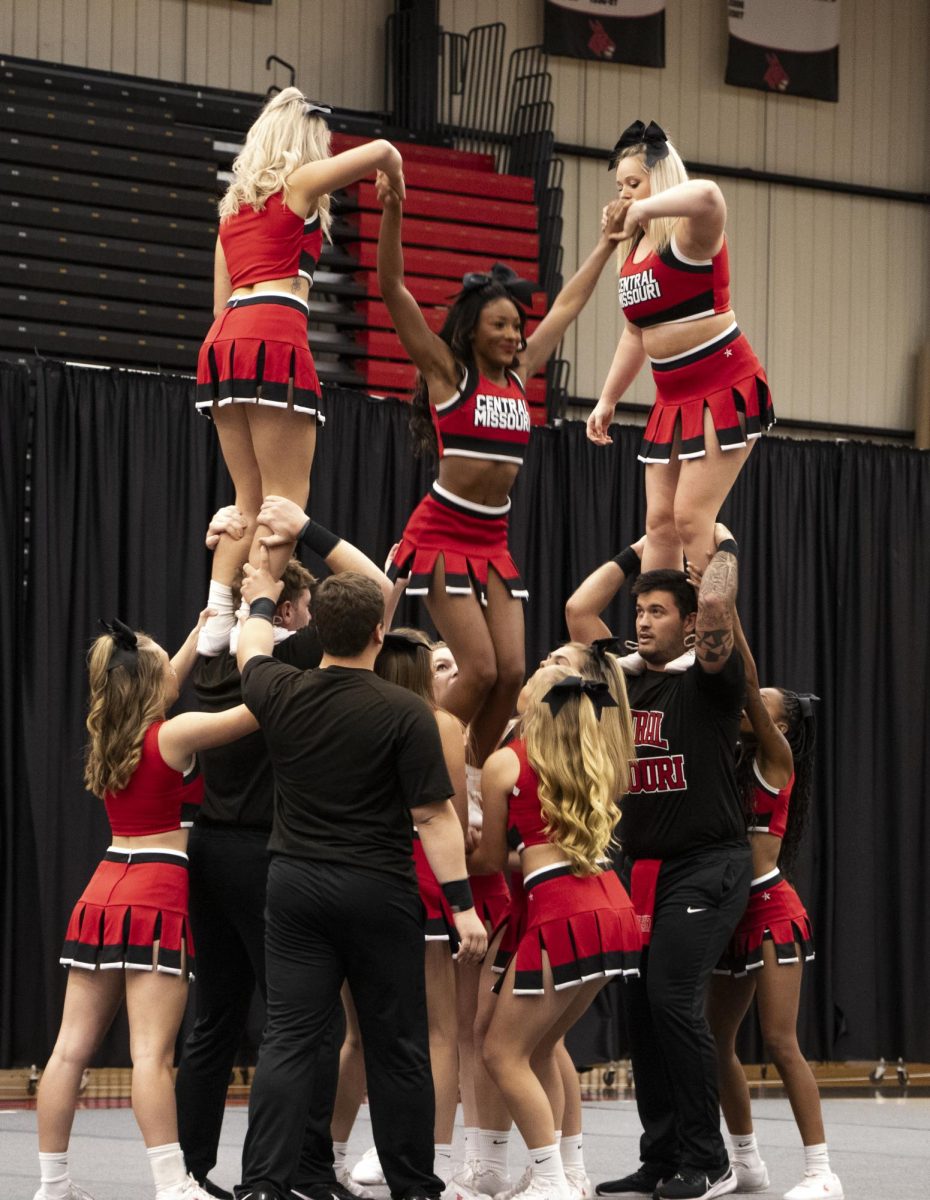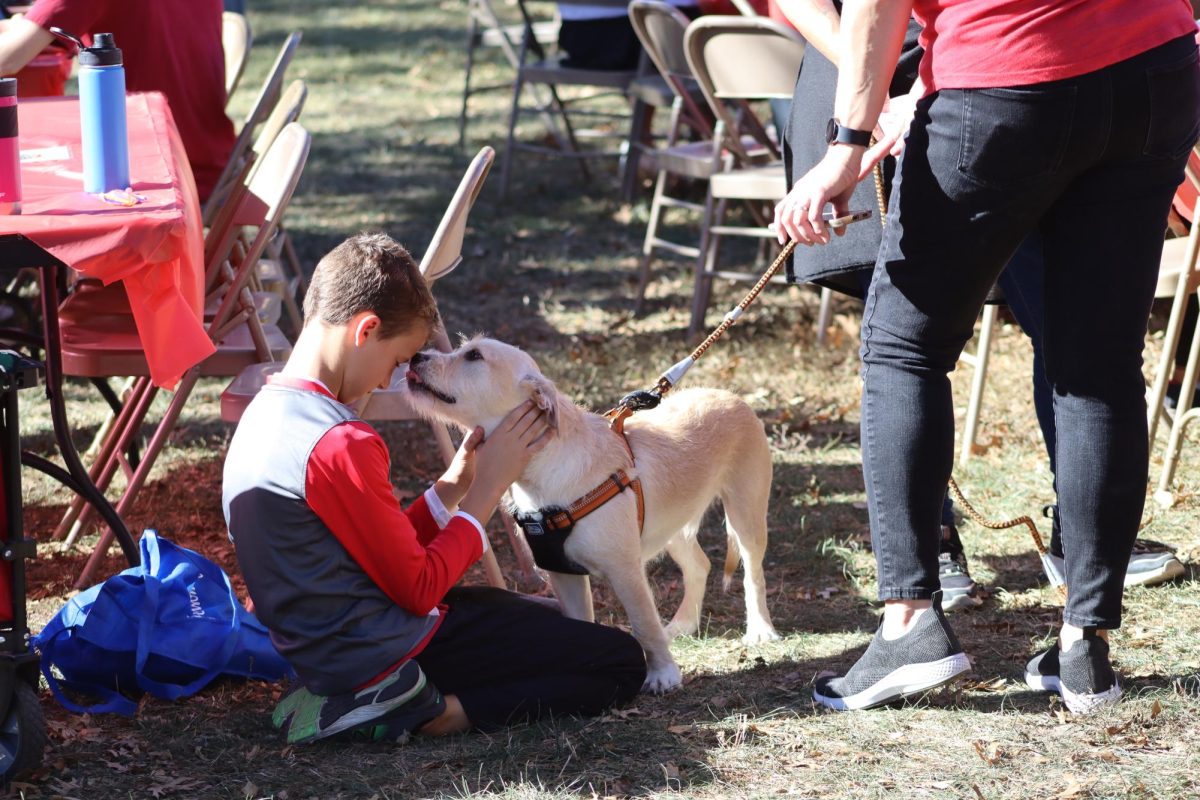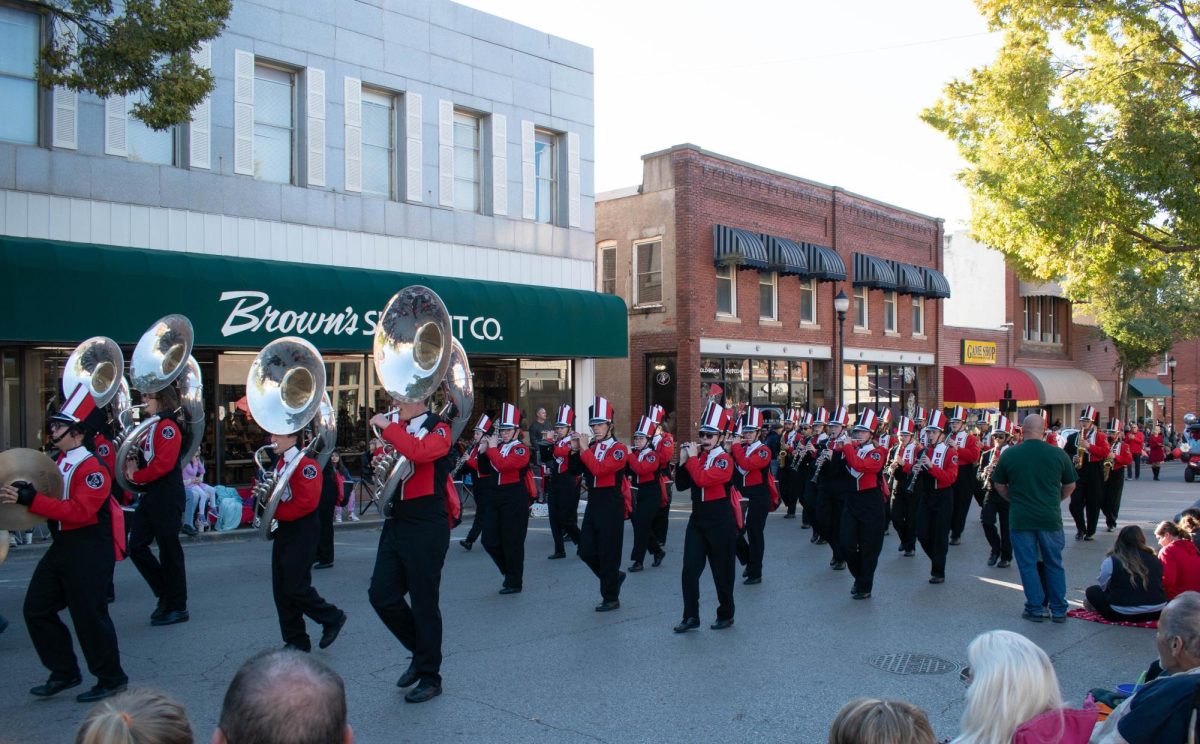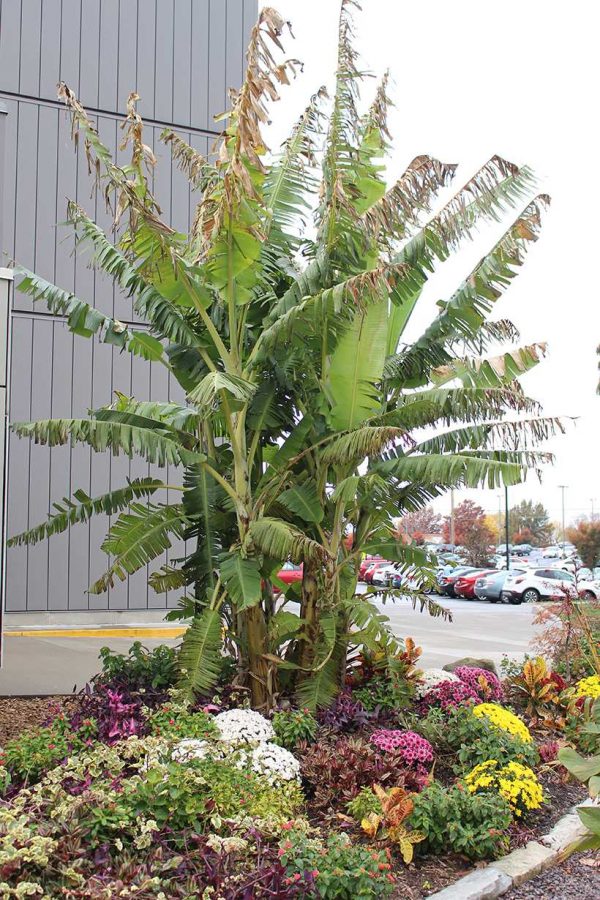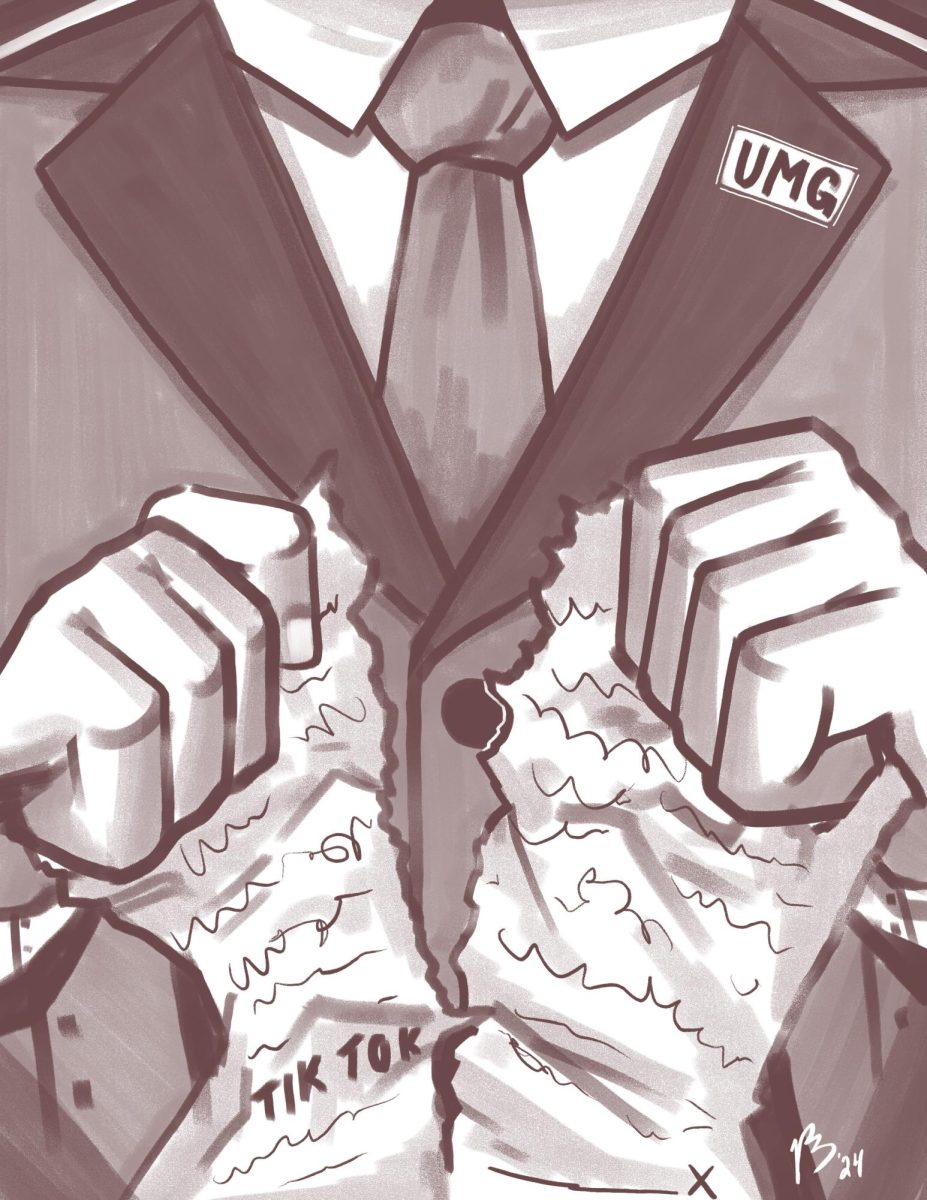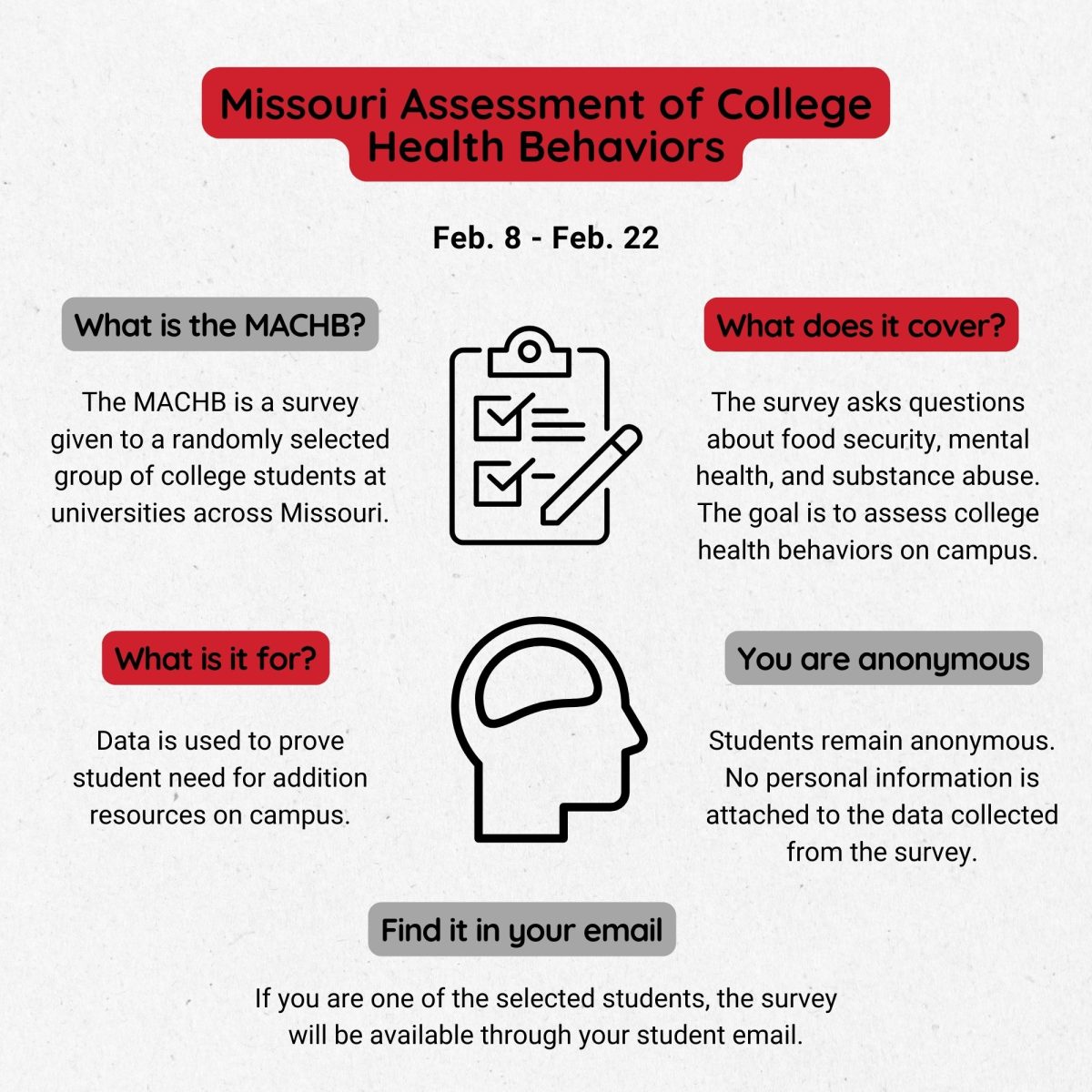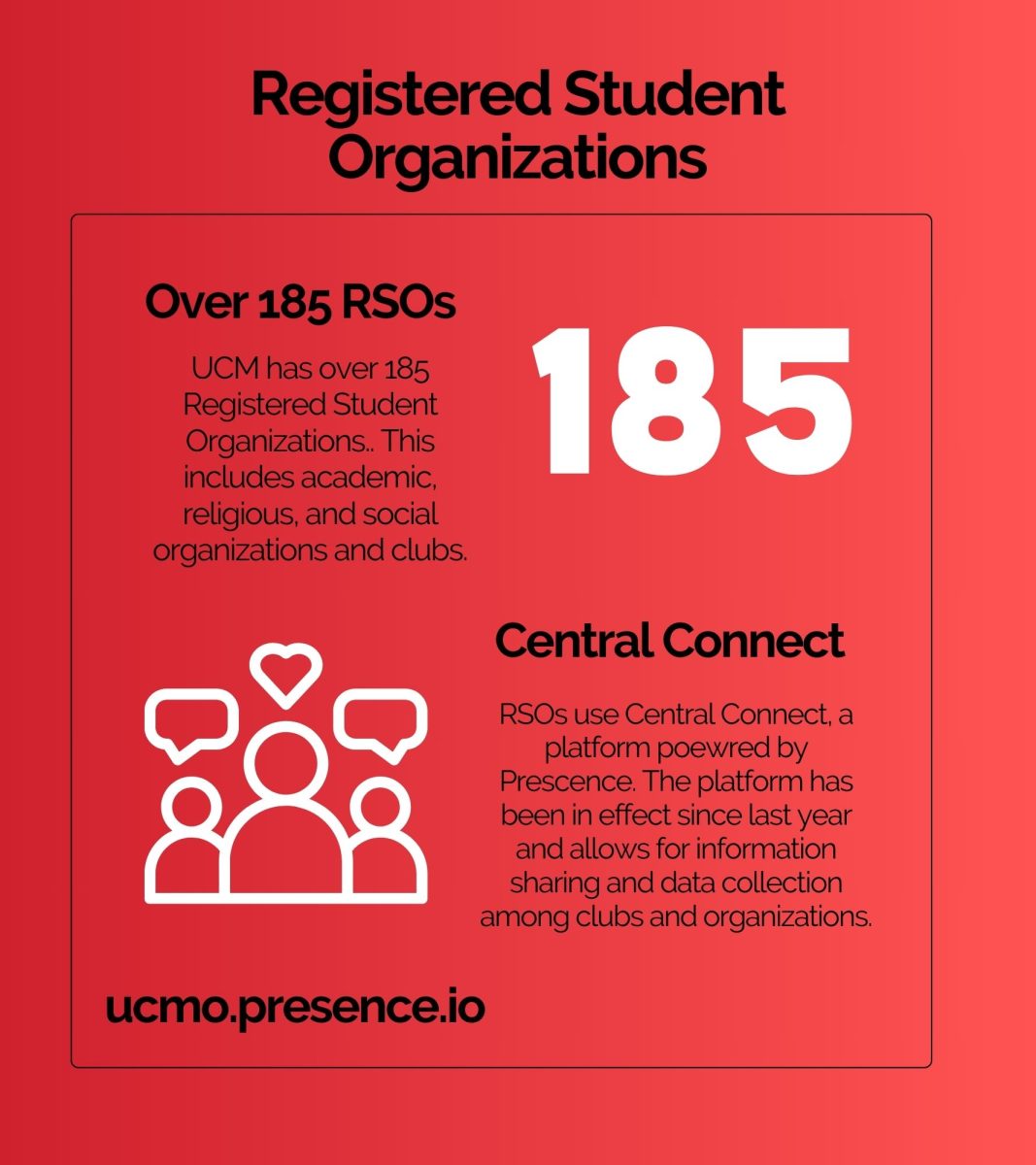For the third consecutive year, the grounds of the UCM campus have been nationally recognized for their beauty and their upkeep.
The Professional Grounds Management Society awarded UCM the Green Star Honor Award on Oct. 19 in Louisville, Kentucky. The Honor Award is the second highest award given out by PGMS based on points assigned by judges from the landscaping industry from photos and a PowerPoint presentation submitted by award applicants.

UCM has competed with much larger schools across the country for the Green Star Award.
In 2017, Texas A&M won the Grand Award, the highest PGMS Green Star Award. In 2018, the Grand Award went to Tarleton State University, part of the A&M System.
Chuck Vaughn, campus services manager, said one of the things that sets UCM apart from those universities in Texas is the different types of plants the grounds crew here is able to plant and support in a different climate.
“They go out and they plant palms. They plant stuff that’s not from here. It’s not supposed to grow here,” he said. “But we make it grow here for a purpose: So people can enjoy it and see it from a different view.”
The difference in climate introduces different challenges for a grounds crew in the Midwest, and with the challenges comes extra work. As the temperatures drop, the various tropical plants, palms and cacti – hundreds of plants around campus – must be moved inside.
“These are plants they plant out on campus and then dig up, put in their pots, repot them, put them back in the greenhouse,” Vaughn said. “This is every year because, if we don’t, we’re not going to have the beauty, we’re not going to have the colors, we’re not going to have the variety.”
There is a lot of planning that goes into the beds around campus. Kevin Courtwright, grounds supervisor, said he and the grounds crew begin planning at the end of September for the following year. He said he plans many of the beds, but some members of the crew plan the beds in the areas they look after. He said this contributes to the variety around campus.
After the beds are planned, Courtwright said they start planting around April 15 to try to avoid frost and snow, though he said sometimes it still happens.
“It becomes a huge effort on the crew’s part. Lots of overtime, 18-hour days doing the planting to get… the main stuff in by graduation,” he said.
Courtwright said in that span the grounds crew plants about 10,000 annuals.
“That doesn’t count the tropical for accents,” he said. “By the time it’s all done, a couple of thousand tropicals for accents. The tropicals are the bigger ones so they’re a lot more effort. Some of our palms take two or three people just to carry them and dig a massive hole.”
In addition to the planting, Vaughn said the members of the grounds crew are still required to maintain their areas around campus, including mowing, edging, tree trimming and mulching. Courtwright said they also empty the trash cans around campus, pick up cigarette butts, patch potholes and maintain campus signage.
One part of the PGMS Green Star Award considered by judges is sustainability. Vaughn said the university is looking into having wood collected from trimming and tree removal ground into mulch instead of having it burnt. Courtwright said the university has been composting the leaves it removes. The compost is used the following years prior to planting in bed amendments.
In addition to the sustainability of these practices, Vaughn said early estimates indicate they can save the institution between $3,000-$5,000 annually from not having to purchase mulch and bed ammendments.
Vaughn said he is working on plans for the university to grow their own plants instead of ordering them each year. He said this will save the university money; he said in about two years, the money saved from growing their own plants will cover the cost of a greenhouse.
He said this will also allow for more control over the execution of the plans the grounds crew spends months making.
“We have a tendency to have companies that bid these products and say, ‘Oh yeah, we can get this and this for you,’” Vaughn said. “Kevin designs the beds; this is what the colors need to be in those beds. When we get the flowers, it’s like ‘Wait a minute, I didn’t order that.’ Then they say ‘Oh, we couldn’t grow the other ones, so that’s what you get.’ That doesn’t work, because now you have to redesign the beds. It takes more time.”
Courtwright said for many growers, a 10,000-plant order isn’t necessarily big enough to warrant the specific attention to what the UCM grounds crew orders. But he said seemingly subtle variations to a plant’s size and color can drastically affect the artistic vision for a particular bed.
“To them, it’s close enough for them,” he said. “Well, no it’s not, because we’re trying to match – some of those beds may have nine to 12 different plant types in there – to get you different colors and contrasting textures.”
The PGMS Honor Award the UCM grounds crew just won becomes more impressive considering the number of people on the grounds crew: There are nine full-time employees. There are 10 if you include Courtwright. The main campus is 134 acres, and there are hundreds more when you add the acreage from other university-owned properties like Pertle Springs and the Max B. Swisher Skyhaven Airport.
Vaughn and Courtwright said their goal is to create an interesting and inviting environment for the campus community.
“Everything we do here, not only do we do it for the students, we do it for employees who work here, because we want them to enjoy where they come to work,” Vaughn said. “But one of the main reasons is students. We want to invite students to come to UCM. They make their decision within the first 10 to 15 minutes of coming to a campus. And guess what they see?”
It’s what they don’t see that makes it all possible.

